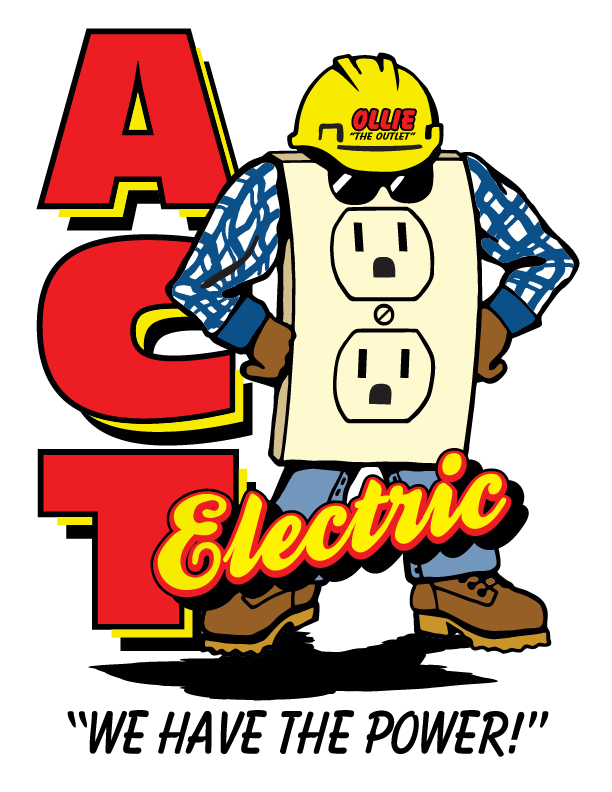Understanding the Home Electrical System
Electricity is the most important element in any home. According to the U.S. Public Interest Research Group, the average house has approximately 24 electronic devices, from refrigerators to computer tablets. But electricity can also be dangerous and volatile, so understanding the home electrical system is important from a safety and economic perspective.
Here are some of the key components of the average home electrical system:
Wiring
The types of electrical wiring systems used in homes have evolved immensely over the years. Therefore, older systems that use tubes and aluminum wiring can be major causes of electrical fires. Furthermore, given the possible fire hazards they pose, many insurance companies will not cover houses with these outdated wiring systems.
A licensed electrician must inspect such a wiring system to determine if it is safe and up to code. If it isn't, one must upgrade the wiring system to a newer, safer one that dramatically reduces the chance of electrical fires related to outdated or faulty wiring.
Switchboard
All homes have an electrical switchboard that serves as the main panel for safely controlling and distributing electricity throughout the home. The primary component of a switchboard is the circuit breakers, designed to shut down power on a circuit experiencing a problem.
Circuit breakers are essential safety features on the front lines of preventing electrical mishaps. As with wiring systems, major advancements have been made in breaker technology. Arc fault circuit interrupters, which break the connection if faulty wiring is causing a problem, should be installed in the switchboard to replace older breakers or fuses for more robust protection against arc faults.
Outlets
The home's old or faulty electrical outlets are often overlooked as potential hazards because they are frequently used. But in fact, electrical outlets are one of the most common causes of electrical accidents in the home, especially for children.
A licensed electrician will identify and replace any defective outlets. Furthermore, modern developments in outlet tech, such as tamper-resistant receptacles and ground fault circuit interrupters, are effective and relatively simple ways to minimize electrical risks posed by outlets.
Cords
Yet another common source of electrical problems in the home stems from damaged power strips and extension cords. Cords that are damaged can have serious consequences, including fires and electrocution. Regularly inspecting cords and power strips and replacing them immediately when they show tears and fraying will mitigate electrical risks.
Furthermore, be mindful of how extension cords are used. Avoid running them through the ceiling or wall cavities (you won't know if it's damaged until it's too late), and ensure they're not being crushed or pinched by heavy objects. Doing so is another way to make the home safer from an electrical standpoint.
Always use a licensed electrical contractor
Understanding the home's electrical system will go a long way in keeping the people inside much safer from electrical-driven incidents. However, a licensed electrician should always carry out any electrical work to ensure the job is completed safely and correctly.
ACT Electric is a full-service residential and commercial electrical contractor company specializing in electrical installation, repairs, and upgrades, electrical troubleshooting, electrical remodeling, electrical home inspection, and electrical retrofitting. We always prioritize customer comfort and safety. Give us a call at (480) 986-1722 today!

